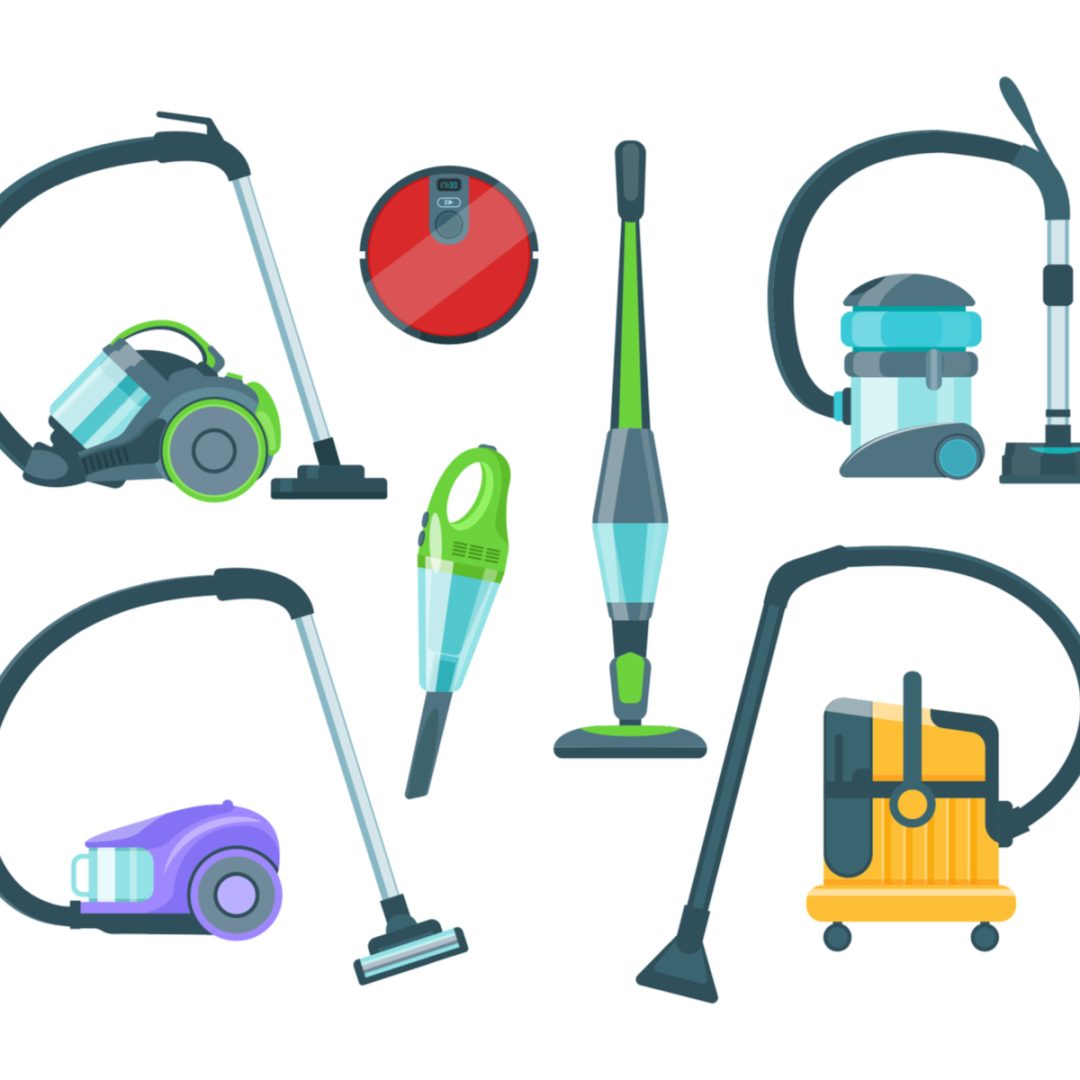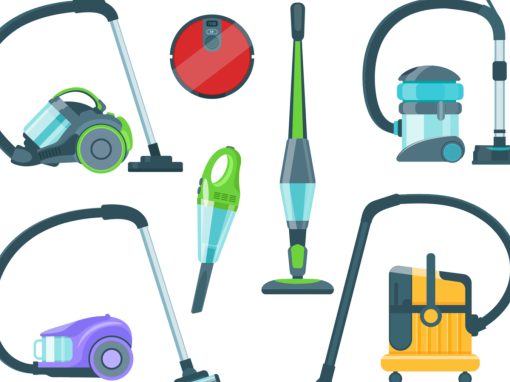Yes!
Registered designs protect the appearance of a product and in particular the external appearance, and this has been explored in a recent decision Miele Computer Cie KG v Green Label Manufacturing Europe Limited (R 299/2021-3).
Miele had obtained a registration of a vacuum cleaner bag and Green Label applied to have this registration declared invalid. Green Label’s main argument was that a vacuum cleaner bag is component part of a complex product, the component is not visible during normal use of the vacuum cleaner and thus is not entitled to registration.
This argument is based on the definitions of designs and products, and protection under the Community Design Regulation. Articles 3 and 4 are presented below:-
Article 3 CDR:-
For the purposes of this Regulation:
(a) ‘design’ means the appearance of the whole or a part of a product resulting from the features of, in particular, the lines, contours, colours, shape, texture and/or materials of the product itself and/or its ornamentation;
(b) ‘product’ means any industrial or handicraft item, including inter alia parts intended to be assembled into a complex product, packaging, get-up, graphic symbols and typo graphic typefaces, but excluding computer programs;
(c) ‘complex product’ means a product which is composed of multiple components which can be replaced permitting disassembly and re-assembly of the product.
Article 4 CDR:-
1) A design shall be protected by a Community design to the extent that it is new and has individual character.
2) A design applied to or incorporated in a product which constitutes a component part of a complex product shall only be considered to be new and to have individual character:
(a) if the component part, once it has been incorporated into the complex product, remains visible during normal use of the latter; and
(b) to the extent that those visible features of the component part fulfil in themselves the requirements as to novelty and individual character.
3)‘Normal use’ within the meaning of paragraph (2)(a) shall mean use by the end user, excluding maintenance, servicing or repair work.
Green Label contended that a vacuum cleaner bag is a component part of a vacuum cleaner, the later being a complex product. During normal use of a vacuum cleaner the bag is inside the machine and is not visible. Thus, Green Label argued that vacuum cleaner bags are not entitled to registration.
Miele counter argued that while it was correct to say that a vacuum cleaner was a complex product, the bag was a separate, stand-alone product and was thus not excluded from protection.
At first instance, the Cancellation Division held that the registration was invalid as a vacuum cleaner bag is a component of a complex product not visible during normal use and thus not entitled to protection. Miele appealed and the parties elaborated their arguments.
At the Appeal, the Appeal Board overturned the original Decision, upholding Miele’s registrations.
The Appeal Board initially considered the product to which the design registration related and referred to the Locarno Classification system. The original application stated that the product was a “vacuum cleaner bag”, a type of product having its own Locarno Classification. The Board suggested that it would make a nonsense of the classification system to include a product definition and code that was not acceptable for design protection. The classification system also includes vacuum cleaners as a different product under a different class and code, further confirming that vacuum cleaner bags are entitled to protection.
Secondly, the Board considered vacuum cleaners and noted that these were undoubtedly complex products consisting of many components that can be replaced. Vacuum cleaners come in a variety of different types and designs. Some vacuum cleaners use bags, while others are bagless; thus the Board considered that bags are not essential for the function of a vacuum cleaner. Vacuum cleaner bags are sold separately from vacuum cleaners, are independently advertised, and have independent distribution channels. According to the Appeal Board, this confirms that vacuum cleaner bags are not component parts of vacuum cleaners but are separate products and consumables.
The Board also reviewed the nature of a vacuum cleaner as a complex product and suggested that bags are not used in the repair, maintenance or servicing of a vacuum cleaner, but are replaced when the need arises. At this time, the vacuum cleaner is not disassembled and reassembled; in contrast a cover or compartment is opened, the old bag removed and disposed of, and a new bag inserted. This provides further evidence, according to the Appeal Board, that vacuum cleaner bags cannot be considered components of a vacuum cleaner.
Finally, the Appeal Board considered the purpose of the design regulation and the need to protect different types of products. The Board suggested that considering vacuum cleaner bags to be solely component parts of a complex product would create an unacceptably high barrier to protection which would “not be compatible with higher-ranking law”. The Board concluded that a variety of consumables should not be considered solely as component parts of complex products, but as products in their own right.
Consequently, the appeal was successful, overturning the declaration of invalidity, the Board concluding that vacuum cleaner bags are not component parts of a complex product, but independent products.
In this Decision the Appeal Board is clearly trying to find a way of enabling registration of consumables that are sold separately from the product with which they are used, including vacuum cleaner bags, but also batteries, bulbs, coffee capsules, toner cartridges etc. Some of the arguments used by the Board seem slightly dubious, but the overall intention is clear.
It is also interesting that this decision does not address the questions associated with the “must fit” exclusion or the features dictated solely by function exclusion.
Another take home message is the importance of ensure that the Locarno Classification is correct – would the Board have been able to reach the same conclusion had Miele classified their product as a “vacuum cleaner (part of-)” rather than vacuum cleaner bag, these being in different classes? Possibly not.









